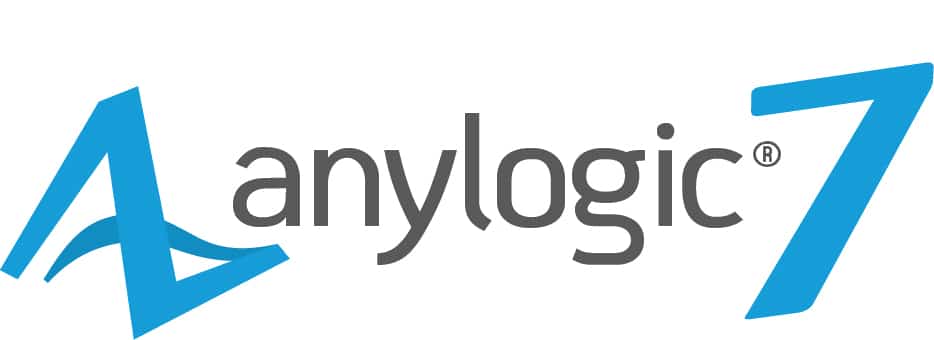AnyLogic 7 Software-Release

The AnyLogic Company has released AnyLogic 7, a new version of its simulation software. According to its developers, this represents a major step forward in product development: The new version makes it easier and faster to work with AnyLogic. In addition, the software’s range of functions has been expanded.
AnyLogic is a cross-platform universal simulation software. The unique feature of the software is its ability to build simulation models using three different modeling methods, including agent-based and discrete-event modeling and system dynamics. This allows the user to use several of these methods in one model and to choose the level of abstraction as desired. The functionality of models can be arbitrarily extended using Java code, allowing simulation of systems of any size and complexity. AnyLogic 7 is the most significant new product release in the past six years.
The new version features improved support for multi-method modeling. AnyLogic developers have unified the concepts of different simulation methods, making it easier to use multiple methods in a single model. Furthermore, the creation of agent-based models has been simplified: instead of having to write Java code yourself, it is now possible to use specially developed wizards.
One of the most significant updates in AnyLogic 7 is the new process modeling library. Among other things, it gives users the ability to use pull controls in manufacturing simulations in addition to traditional push controls. The new library also facilitates the simulation of business processes with extensive personnel policies, such as personnel management in hospitals.
The Pedestrian Library for simulating people flows in public buildings and transportation has also been significantly improved, allowing more people to be simulated without sacrificing model performance. The new Space Markup Palette helps when working with transportation networks and pedestrian zones. The creation of spatial models has also been made easier: In the new version, all objects interact in the unified 3D space.
Special attention was paid to improving the overall usability when working on AnyLogic 7. The user interface has been completely redesigned. Controls have been placed according to typical user behavior, so that frequently used commands can be invoked with fewer hand movements.
All models created with AnyLogic 6 are still compatible and usable with AnyLogic 7. The software eases the transition to the new features by offering the user to convert old model elements to new ones.
